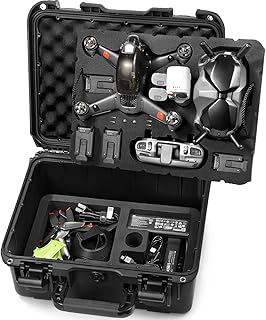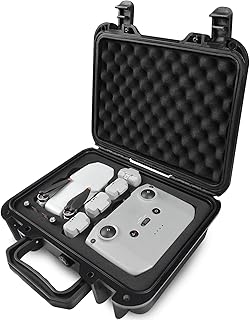Lekufee Drone for Real Estate Photography: A Practical Guide
The Lekufee drone offers a compelling option for real estate photography, allowing you to capture stunning aerial shots that showcase properties from a unique perspective. This guide will provide practical advice on using a Lekufee drone for real estate photography.
1. Understanding Lekufee Drone Features:
* Camera Quality: Check the camera's resolution, sensor size, and features like HDR and RAW capture to ensure it produces high-quality images for your needs.
* Flight Time: Assess how long the drone can fly on a single charge, ensuring sufficient time to capture all necessary shots.
* Wind Resistance: Evaluate the drone's stability and ability to handle windy conditions, a common concern for real estate photography.
* GPS & Navigation: Ensure the drone has reliable GPS for precise positioning and automatic return-to-home features.
* App Integration: Explore the Lekufee app's functionality for flight control, image capture, and potentially video recording.
2. Legal and Regulatory Compliance:
* FAA Regulations: In the US, the FAA requires drone pilots to register their drone and adhere to specific regulations regarding flight zones, altitude limitations, and more. Familiarize yourself with these rules.
* Property Owner Permission: Always obtain permission from the property owner before flying a drone over their property. This ensures legal compliance and avoids potential disputes.
3. Drone Flight Planning & Preparation:
* Flight Location: Scout the property in person to assess safe flying areas, identify potential obstacles, and determine optimal angles for photography.
* Flight Path: Plan your flight path in advance using a mapping app or the drone's app. Consider capturing shots from different angles and heights to showcase the property's features.
* Lighting Conditions: The best lighting conditions for real estate photography are typically during the golden hours (sunrise and sunset) for soft, warm light.
* Drone Battery: Ensure the drone battery is fully charged before the flight, and consider carrying spare batteries for extended sessions.
4. Aerial Photography Tips:
* Composition: Utilize the rule of thirds, leading lines, and other composition techniques to create visually appealing photographs.
* Depth of Field: Use the drone's camera settings to control depth of field, blurring the background to highlight the property.
* Angles: Experiment with different angles to capture the property's features and surroundings effectively.
* Editing: Enhance your images with editing software to adjust brightness, contrast, colors, and other aspects for a polished final product.
5. Safety Considerations:
* Fly Responsibly: Adhere to all regulations and best practices for safe drone operation.
* Obstacle Awareness: Maintain a safe distance from obstacles and be aware of your surroundings.
* Wind Conditions: Avoid flying in strong winds, as it can affect the drone's stability and image quality.
* Battery Levels: Monitor the battery levels and land the drone promptly when needed.
6. Real Estate Photography Best Practices:
* Show the Property's Advantages: Capture the property's best features, including views, landscaping, and architectural details.
* Contextualize the Property: Include surrounding areas like parks, schools, or shopping centers to provide context for potential buyers.
* Consider the Time of Day: Capture images during the best lighting conditions for a favorable aesthetic.
* Use Multiple Perspectives: Combine aerial shots with traditional ground-level photography for a complete view of the property.
Conclusion:
By following these practical tips and adhering to safety guidelines, you can effectively utilize a Lekufee drone to capture stunning aerial shots for real estate photography, showcasing properties from a unique and captivating perspective. Remember to prioritize safety, legal compliance, and ethical considerations throughout the entire process.


